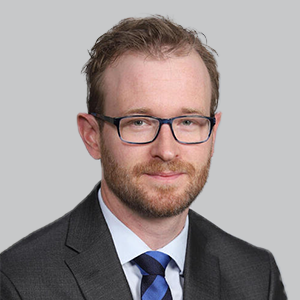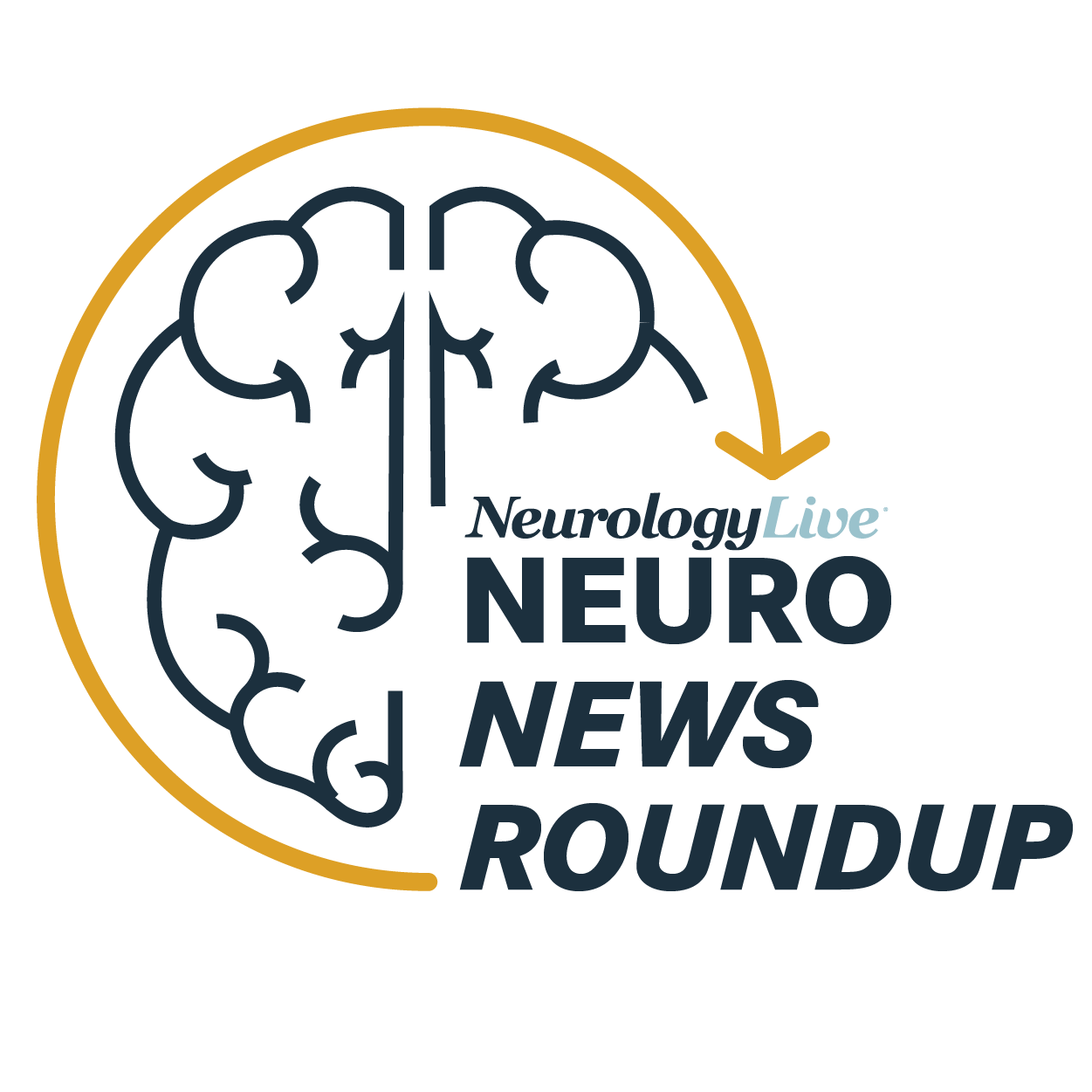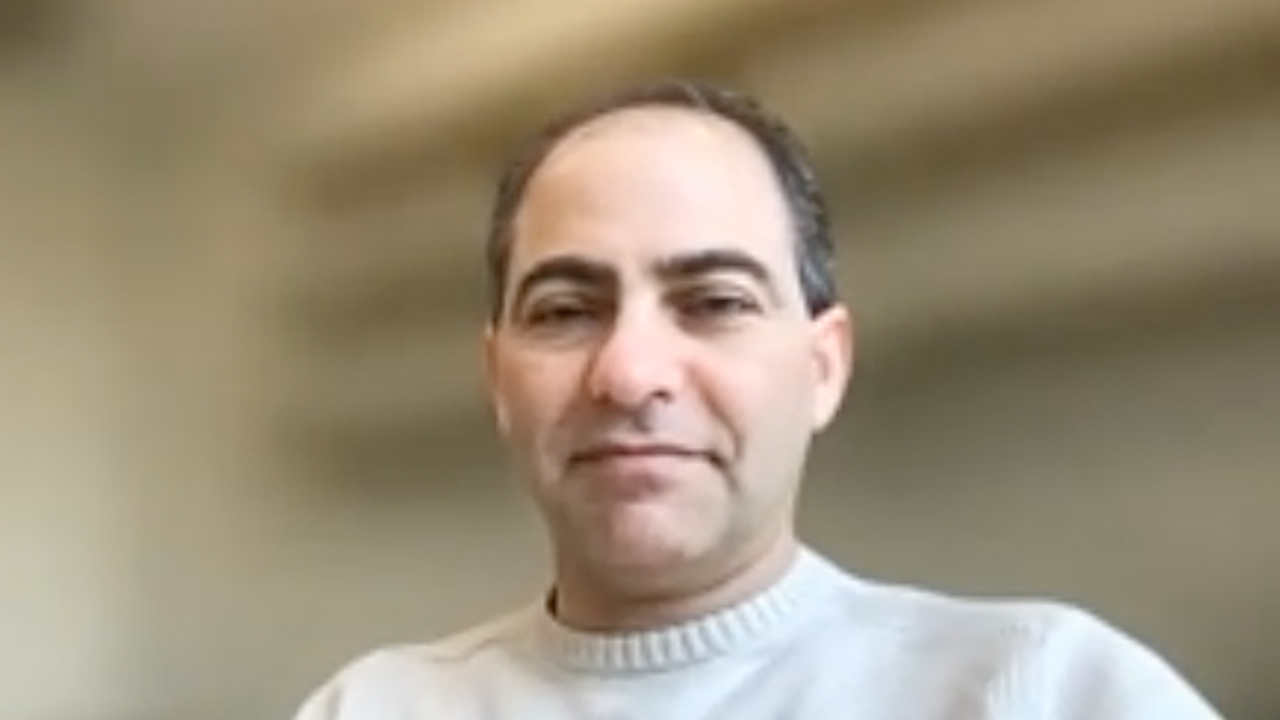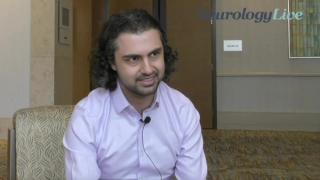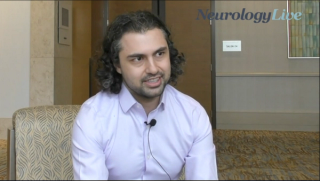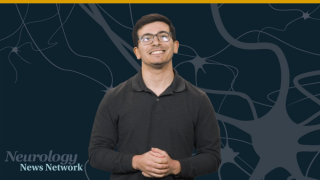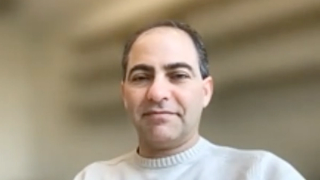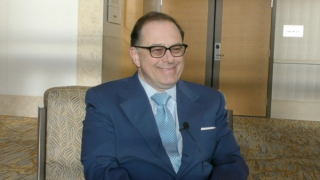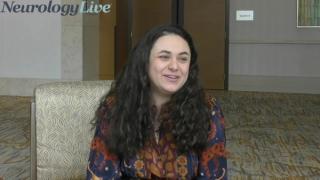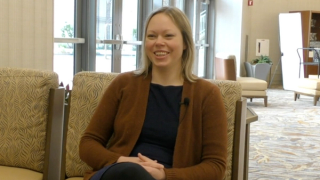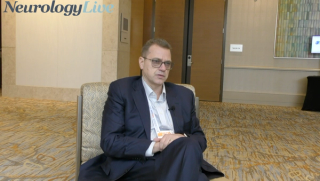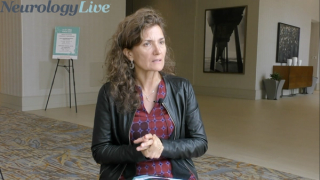
MS and Demyelinating Disorders
Latest News

Latest Videos

CME Content
More News
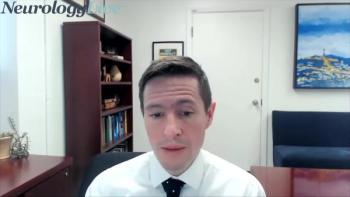
The program committee vice-chair of ACTRIMS provided perspective on the upcoming forum, including the notable sessions, themes, and presentations the clinical community should be aware of. [WATCH TIME: 7 minutes]
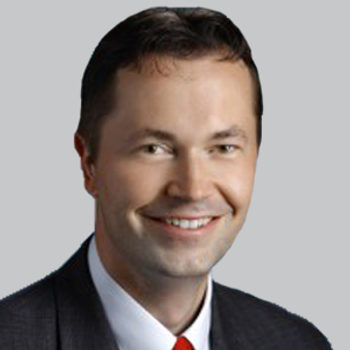
Patients who switched from a previous disease-modifying therapy to teriflunomide saw a decrease in annualized relapse rate and stability with Expanded Disability Status Scale scores regardless of subgroups.
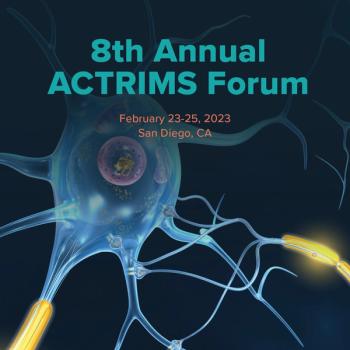
Daniel Ontaneda, MD, program committee vice-chair of ACTRIMS, provided insight on the notable sessions and themes clinicians should pay attention to at this year’s forum, which takes place February 23-25, in San Diego, California.

Here's some of what is coming soon to NeurologyLive® this week.
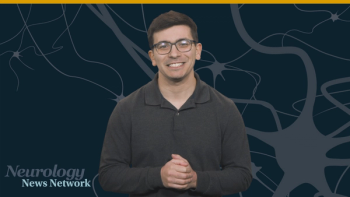
Neurology News Network for the week ending February 18, 2023. [WATCH TIME: 4 minutes]

Take 5 minutes to catch up on NeurologyLive®'s highlights from the week ending February 17, 2023.
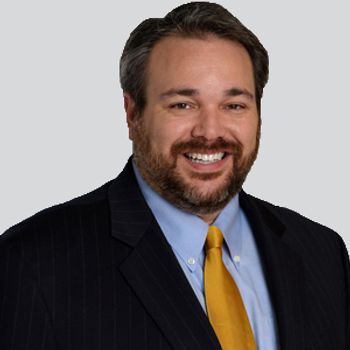
On diffusion tremor imaging, CMN-Au8 outperformed placebo on domains of fractional anisotropy, radial diffusivity, and mean diffusivity, across all 9 prespecified brain regions and brain white matter.

Here's some of what is coming soon to NeurologyLive® this week.

Take 5 minutes to catch up on NeurologyLive®'s highlights from the week ending February 10, 2023.
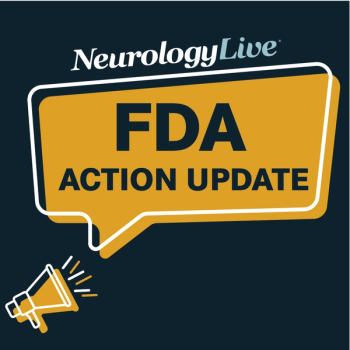
Catch up on any of the neurology news headlines you may have missed over the course of January 2023, compiled all into one place by the NeurologyLive® team.

The biosimilar form of natalizumab demonstrated similarities to the FDA-approved form in the primary efficacy end point of cumulative number of new active lesions over 24 weeks.

The trial was originally placed on hold because of reported cases of drug-induced liver injury in patients who received the study drug, potentially caused by a preexisting factors related to hepatic dysfunction.

Here's some of what is coming soon to NeurologyLive® this week.
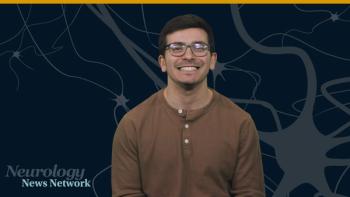
Neurology News Network for the week ending February 4, 2023. [WATCH TIME: 4 minutes]
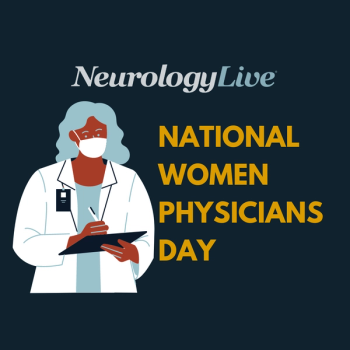
The list of women's contributions to the field of medicine is a long one, encompassing the hard work of hundreds of individuals. To highlight some of these pioneers, NeurologyLive® has compiled a timeline of 10 of the moments that matter in the history of women in medicine.

Take 5 minutes to catch up on NeurologyLive®'s highlights from the week ending February 3, 2023.
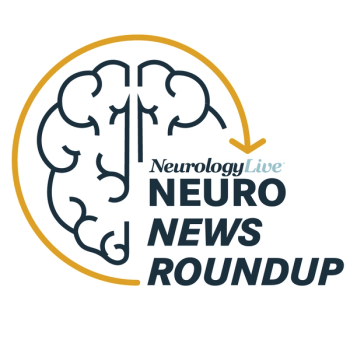
In celebration of Women’s Physician Day, held February 3, 2022, take a look back at some of the latest conversations and news that were driven and delivered by women in neurology.
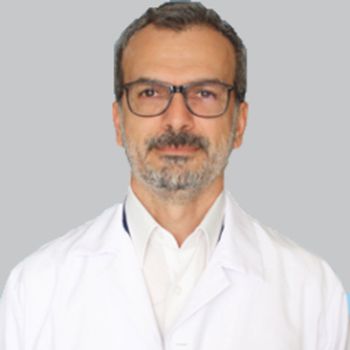
An exergaming program that spanned 8 weeks showed positive effects for patients with multiple sclerosis both with and without restless legs syndrome.

Take a look at 5 of the most-anticipated clinical trial data readouts expected in 2023 that neurology health care professionals should keep their eyes on.
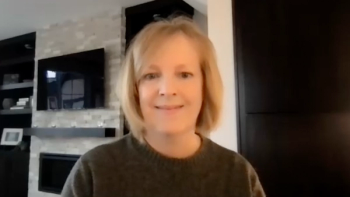
The psychologist and professor in the department of rehabilitation medicine at the University of Washington shared her perspective on the state of mental health care in multiple sclerosis. [WATCH TIME: 4 minutes]

A cross-sectional and longitudinal comparative analysis suggests a subclinical neurodegenerative process may occur in MOG antibody disease based on a distinct pattern of brain atrophy.
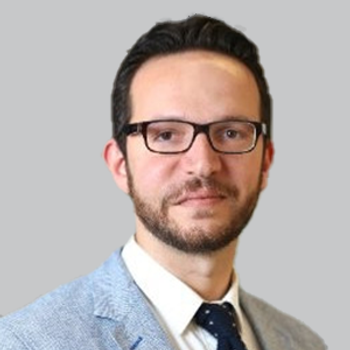
Results from the CIRCLES cohort demonstrated a significant association in relapse patterns and disease phenotype for patients with NMOSD who change treatment.

Over a 2-year treatment period, no clear effects of dimethyl fumarate were identified on clinical or MRI outcomes in patients with progressive multiple sclerosis.

Here's some of what is coming soon to NeurologyLive® this week.

Test your neurology knowledge with NeurologyLive®'s weekly quiz series, featuring questions on a variety of clinical and historical neurology topics. This week's topic is neuromyelitis optica spectrum disorder, or NMOSD.


